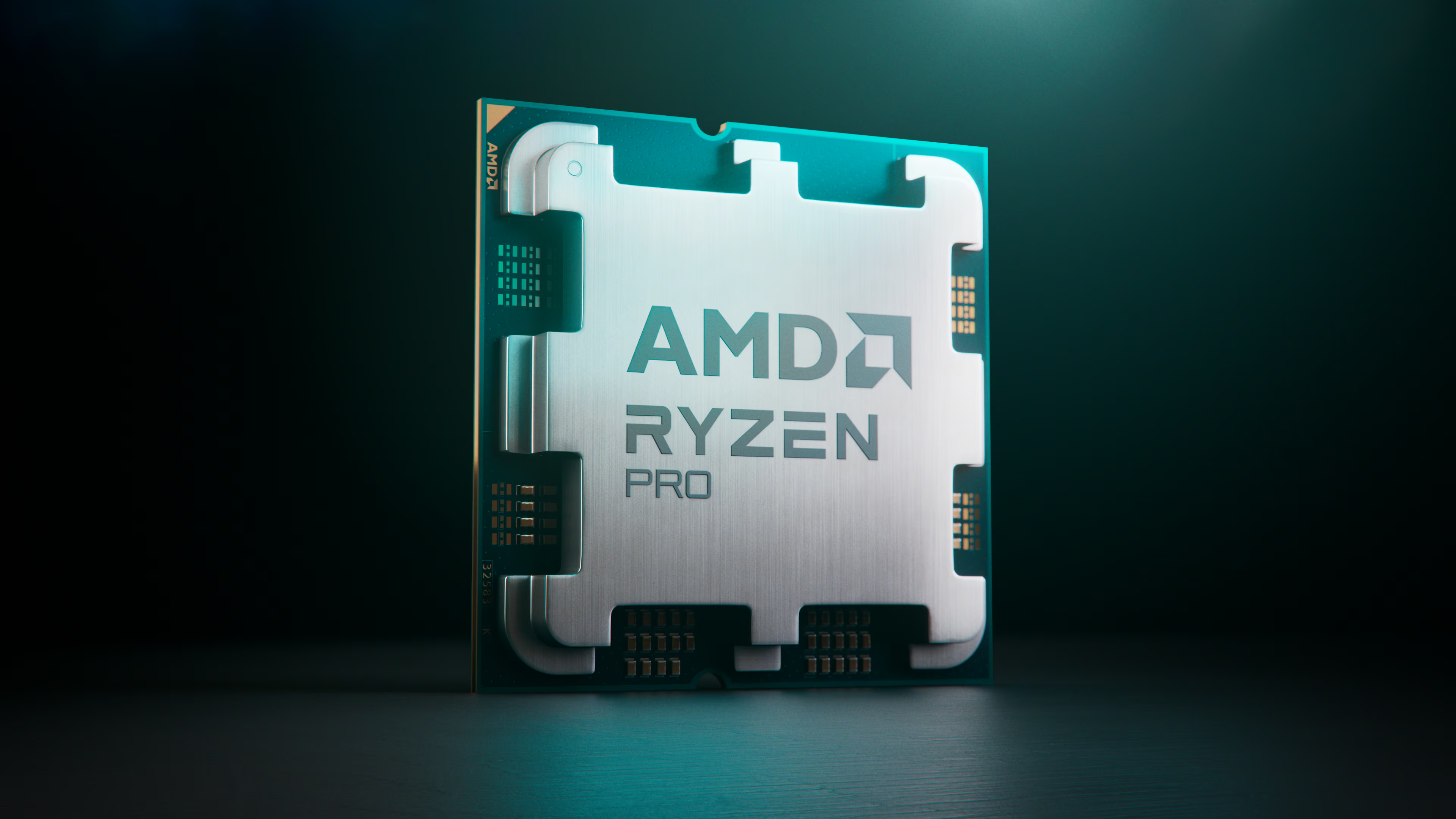AMD’s recent announcements at the Advancing AI event in San Francisco mark a significant milestone in the competitive semiconductor market, highlighting advances in chip designs tailored for AI, datacenter, and networking applications. Under CEO Lisa Su’s leadership, AMD has made strategic moves that hold transformative potential for businesses seeking enhanced efficiency and profitability through AI.
**Unleashing Datacenter Potential with EPYC CPUs**
AMD’s EPYC CPUs have radically shifted the datacenter landscape, growing its market share from less than 2% to 34% over four generations. The new “Turin” EPYC chips are designed to optimize performance for both cloud-native and enterprise environments. These CPUs offer up to 17% more instructions per cycle for general-purpose workloads and a remarkable 37% higher IPC for AI tasks. The strategic focus on performance per core can lead to substantial cost savings for enterprises by reducing software licensing fees.
**Capturing the AI GPU Market with Instinct MI325X**
AMD’s MI300-series GPUs, which power Meta’s massive Llama 3.1 model, demonstrate AMD’s ambitious push into AI acceleration. The MI325X GPU doubles inference and training performance over previous generations and is positioned to compete directly with Nvidia’s offerings. As companies increasingly integrate AI into their operations, AMD’s GPUs provide essential tools for businesses looking to enhance data analysis and predictive capabilities. **Expanding the Ecosystem with Networking Innovations** AMD’s entry into networking with the Pensando Salina DPU and Pollara 400 NIC highlights its commitment to providing comprehensive solutions for AI and data processing. These products are designed to meet the demands of hyperscalers, ensuring efficient data transmission and processing. By addressing the connectivity needs of AI workloads, AMD is positioning itself as a key player in the enterprise AI market.
**Practical Applications and Business Implications**
AMD’s advances are not just technical feats; they translate into real-world business benefits. Companies using AMD’s EPYC CPUs and MI300-series GPUs can expect improved operational efficiency, reduced costs, and enhanced data-driven decision-making. For instance, AMD’s collaboration with Meta is a testament to its ability to co-develop solutions for specific industry needs, providing a blueprint for other businesses aiming to leverage AI.
**Challenges and Considerations**
Despite these advancements, AMD faces challenges, particularly in the enterprise sector where Intel remains dominant. AMD’s success hinges on increasing sales and marketing investments to gain traction in this space. Additionally, the competitive landscape with Nvidia’s stronghold in the AI GPU market requires AMD to continue innovating and expanding its partnerships.
The Business Value of AMD’s AI Innovations**
AMD’s strategic advancements in AI and datacenter technology present compelling opportunities for businesses to optimize their operations and gain competitive advantages. By focusing on comprehensive solutions that enhance performance and reduce costs, AMD is poised to be an essential partner in the AI-driven transformation of modern enterprises. As the AI market continues to grow, businesses that harness these technologies will be well-positioned to thrive in an increasingly data-centric world.
- AI Products
For startups
For Professionals
- AI Services
For corporations
For Goverments
For Professionals
- Consulting
For corporations
For Goverments
For Professionals
- About
- Cases
- AI Products
For startups
For Professionals
- AI Services
For corporations
For Goverments
For Professionals
- Consulting
For corporations
For Goverments
For Professionals
- About
- Cases

